





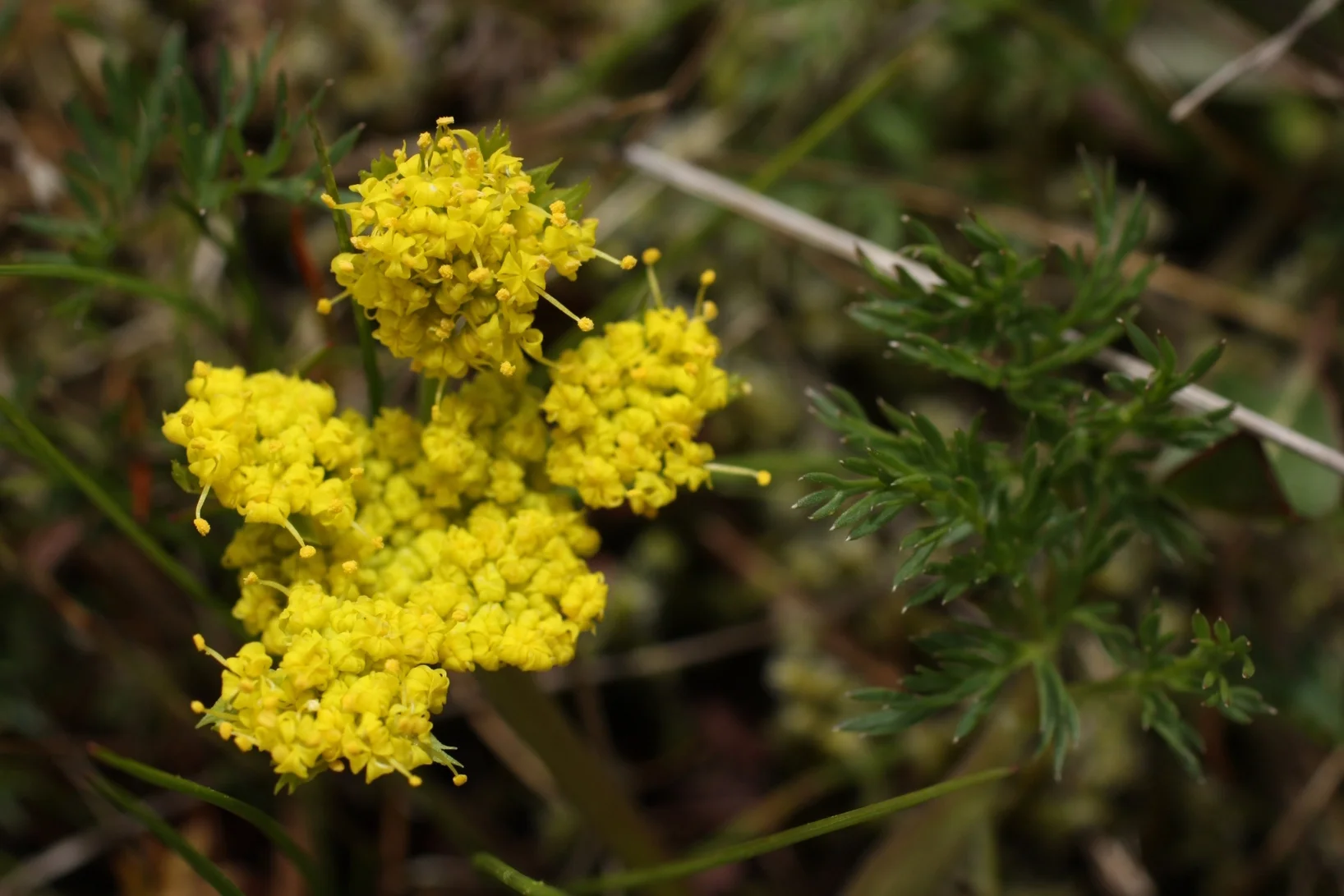









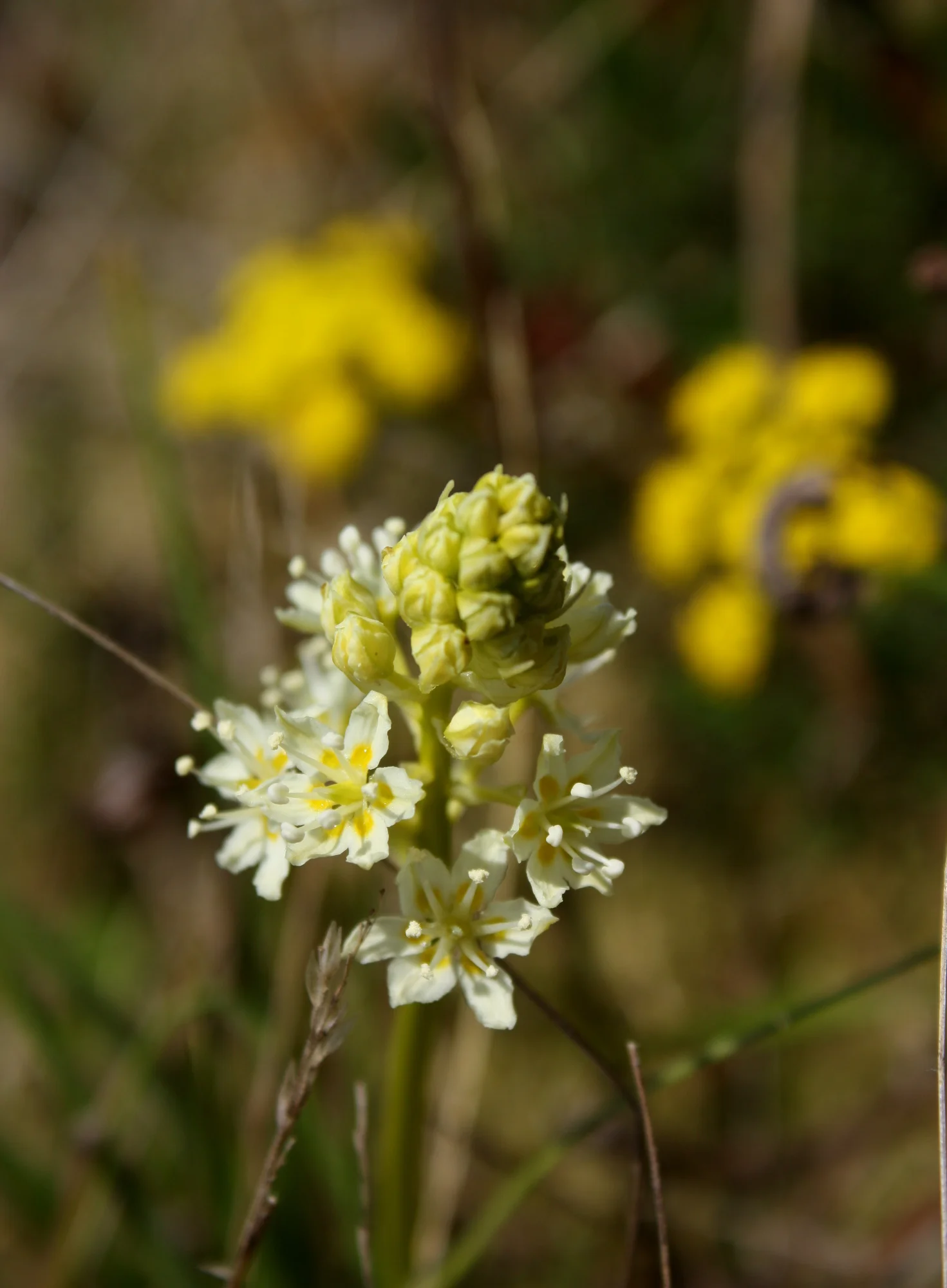

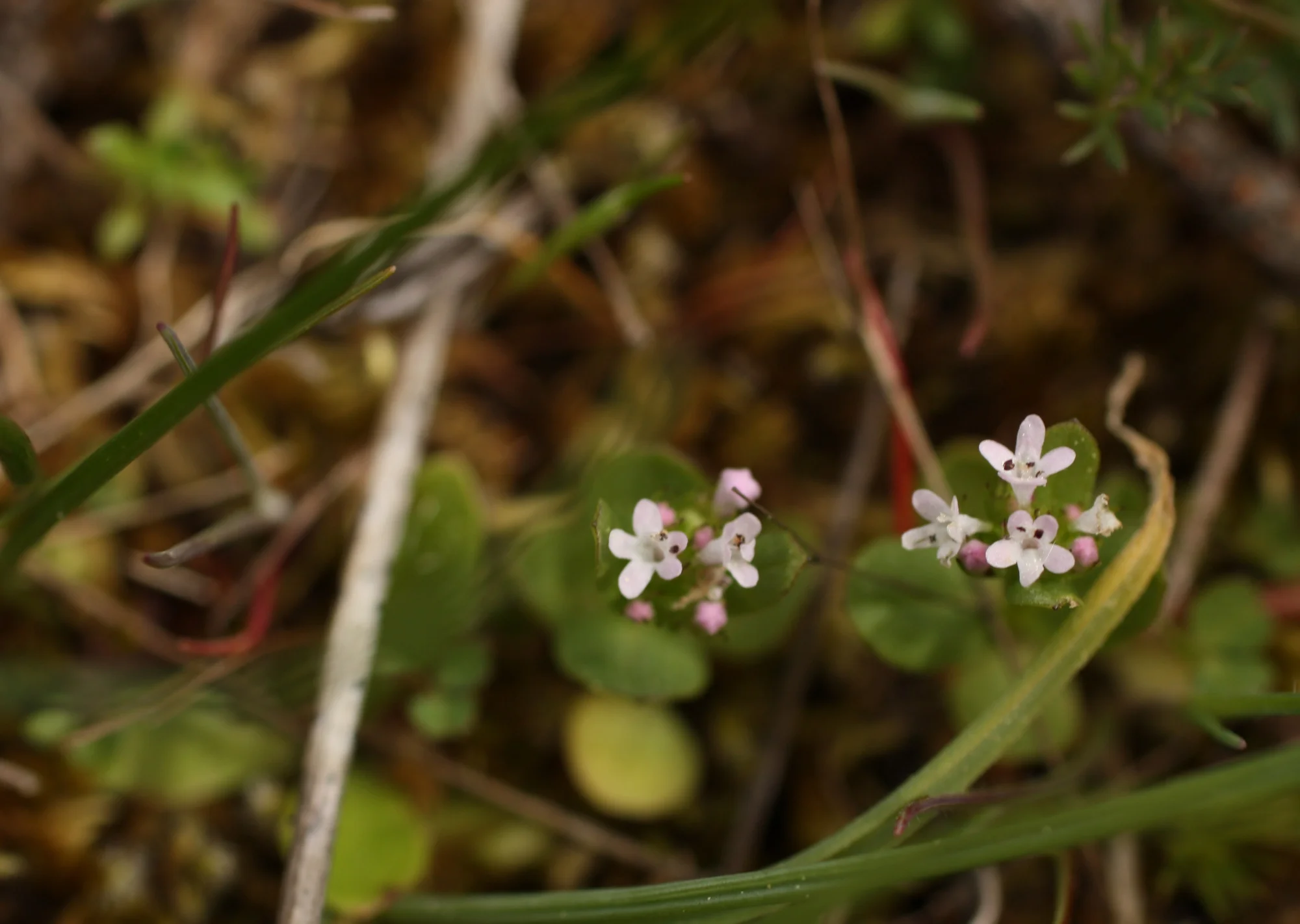






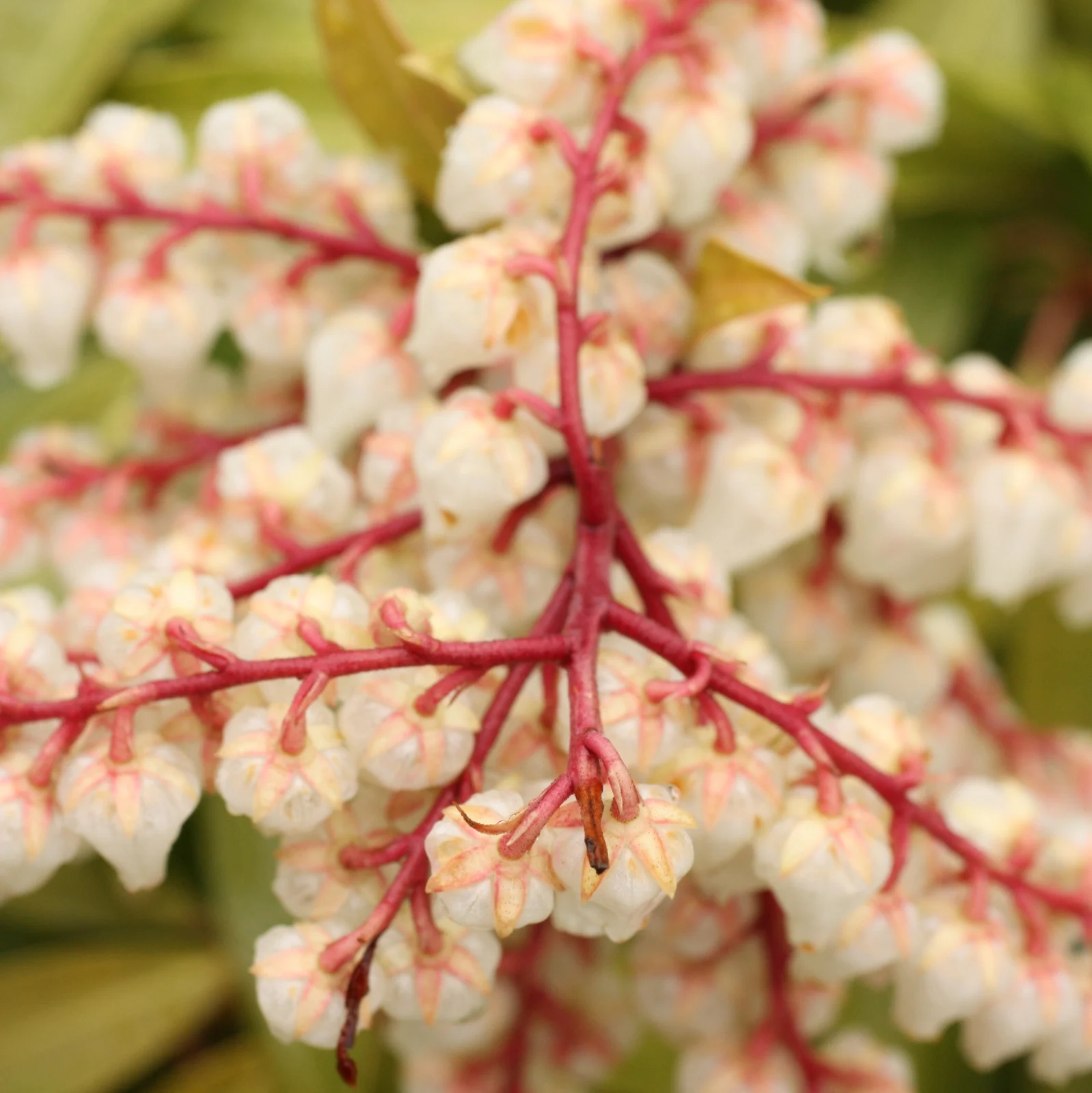


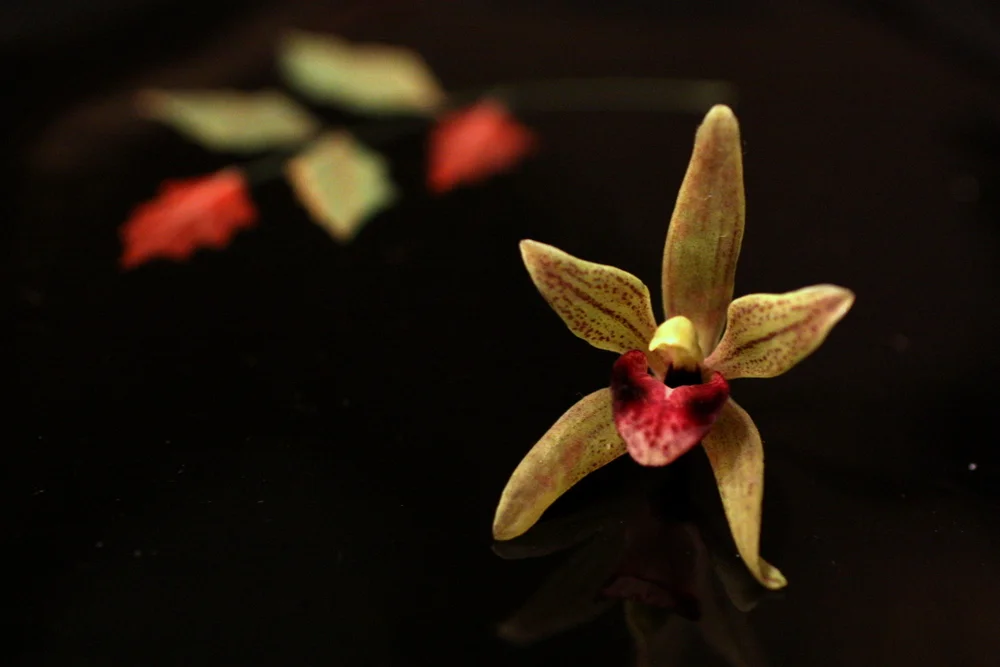


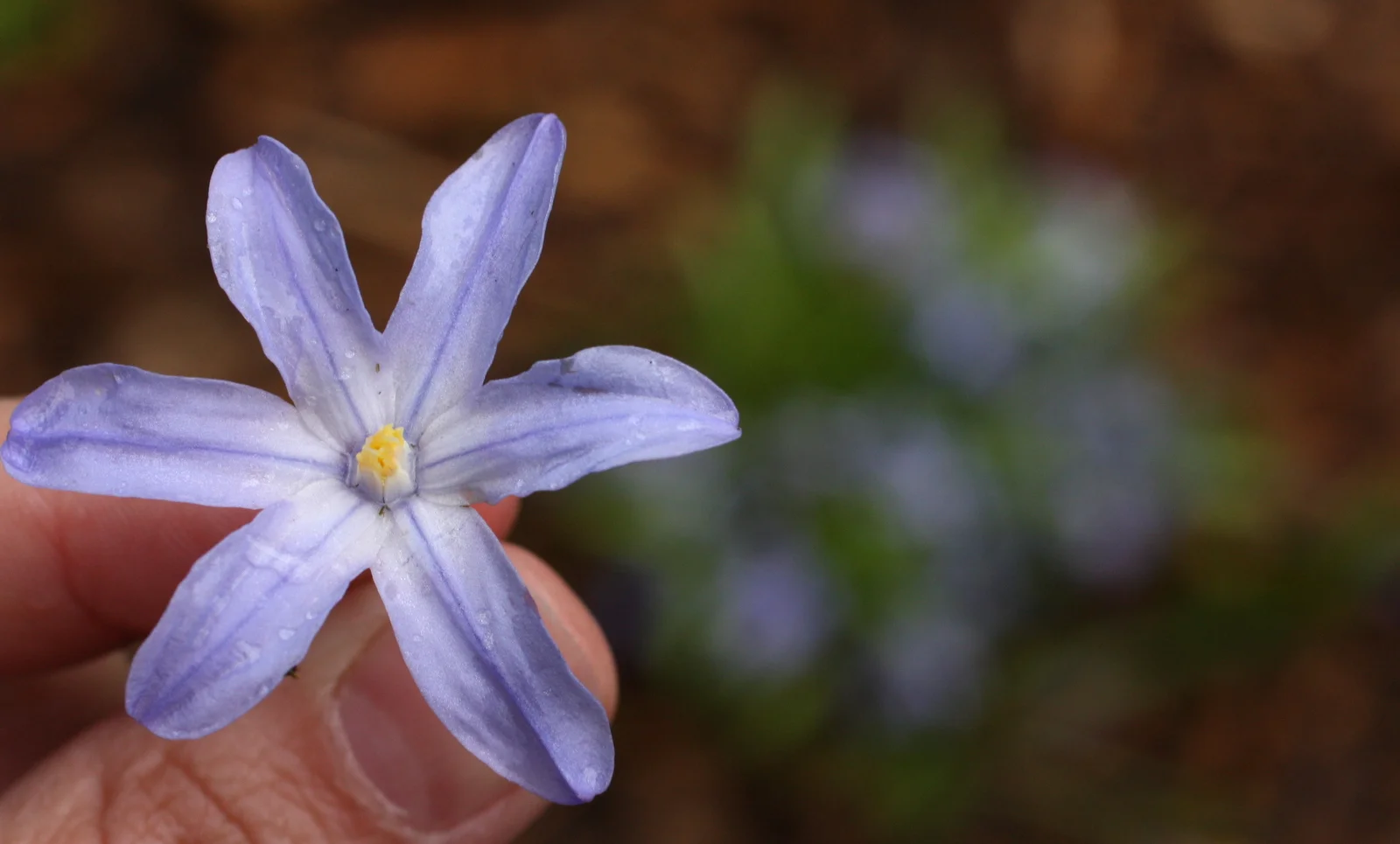

April 15, 2012: A final field trip for a six-week plant ID class offered through the UW Botanic Gardens. Our class took a drive up to Deception Pass State Park to spend part of the day seeing how much we'd retained about the floral families we'd learn, and keying some of the plants down to species. This gallery also includes a few plants id'd throughout the 6-week series.
**Please note: any errors in ID are mine! Please email me at fps.lqs@gmail.com if you have any correction. Thanks!**

Our instructor, David Giblin. He is the Collections Manager of the University of Washington Herbarium, and has written a guide to the flowers of Mt. Rainier. The book he's holding is the Flora of the Pacific Northwest: An Illustrated Manual, aka "Hitchcock" (so named for one of the authors). David is working on a major update of this comprehensive guide.

Miner's lettuce - Claytonia perfoliata NOW, Montia in the book we're keying out in (Portulaceae - purslane family)

Spring-gold - Lomatium utriculatum (Apiaceae - parsley/carrot family). Per Pojar: "Spring-gold taproots may have been one of 'wild carrots' eaten by the peoples of southern Vancouver."

(I believe this is) Wholeleaf saxifrage - Saxifraga integrifolia (Saxifragaceae - saxifrage family)

A buttercup - I missed if we arrive at species, but I believe what we learned is this one is very difficult to key out without a fruit. (Ranunculaceae - buttercup family)

(Pretty sure we keyed this to) Field chickweed - Cerastium arvense (Caryophyllaceae - pink family)

Indian paintbrush - Castilleja. It is actually not the expected flower part (the petal) that makes this plant so colorful. It is the bracts, modified leaves that surround the flower. Per Wikipedia: "The flowers of Indian paintbrush are edible, and were consumed in moderation by various Native American tribes as a condiment with other fresh greens...Indian paintbrush has similar health benefits to consuming garlic if only the flowers are eaten in small amounts and in moderation. The Ojibwe used a hairwash made from Indian paintbrush to make their hair glossy and full bodied, and as a treatment for rheumatism...Nevada Indian tribes used the plant to treat sexually transmitted diseases and to enhance the immune system."

Death camas - Zigadenus venenosus (Liliaceae - lily family). This is the really not-edible kind, which you probably guessed from that cheerful name.

I don't think we looked at these as a class, but yet another teeny-tiny reinforces something that another student said - one big takeaway from the class was learning how many wildflowers there are out there that are so tiny you'd never notice if you weren't paying attention.

Sheep sorrel - Rumex acetosella (Polygonaceae - knotweed family). A tasty edible with lemony flavor from the oxalic acid it contains.

Coral-root - Corallorhiza. (Orchidaceae - orchid family). Do not contain chlorophyll, relies on a symbiotic fungi for sustenance.

What follows are some other plants we identified in our weekly classes or our other field trip, a ramble around the UW campus.

Grossulariaceae - currant family. Calyx, corolla and anthers fused into hypanthium, sepals more showy than petals. Ovaries inferior, develop into berries. Ribes (currants & gooseberries) only genus in WA.

This is a fairly tame specimen but must say of all the floral families covered, Orchidaceae seems like the one most likely to have scandalized Victorians.

Galium flowers, with its whorled leaves behind it. Of the various possible leaf arrangements (opposite, alternate, whorled), whorled is least common. This genus is part of the Rubiaceae family, which is also the family of the coffee plant. Interesting as I've heard in the past the little seeds can be used as a coffee substitute. (Although that seems like a major hassle.) I've also heard the leaves can be used as a rennet substitute to make cheese.